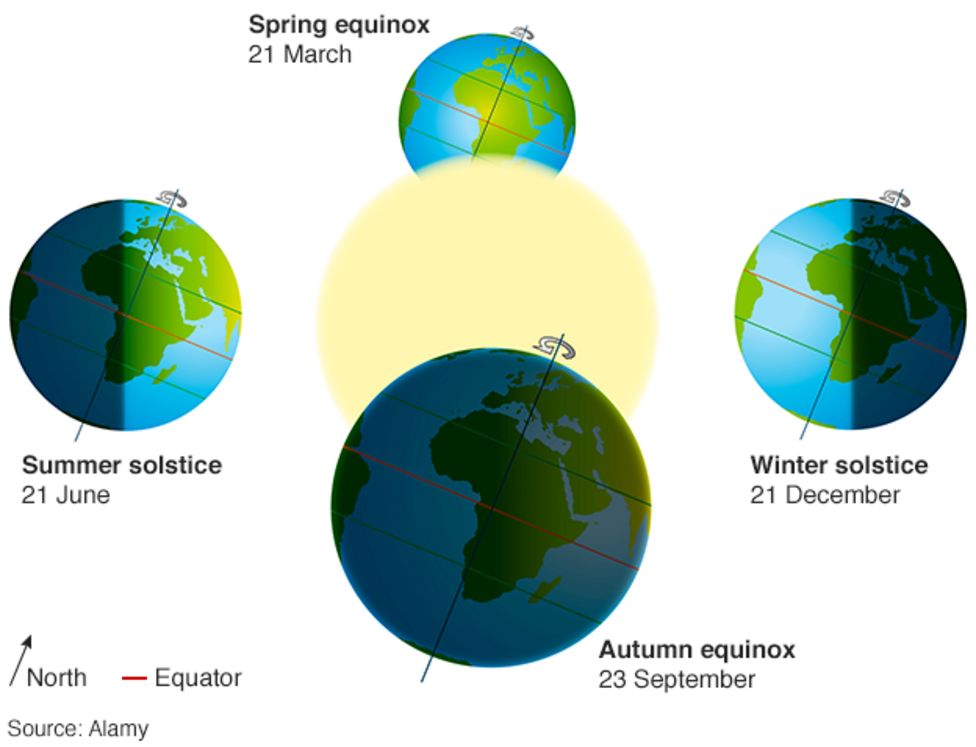


The Moon’s orbital motion (combined with the larger orbit of the Earth around the Sun) carries it farther eastward among the constellations of the zodiac from night to night.

If interested, here is more detailed information about the Harvest Moon. (Warning: Scientific explanation below!)

EQUINOX HOURS FULL
It may almost seem as if there are full Moons multiple nights in a row! But for the few nights around the Harvest Moon, the Moon seems to rise at nearly the same time: just 25 to 30 minutes later across the northern USA, and only 10 to 20 minutes later farther north in Canada and Europe.Īdditionally, the Harvest Moon rises at sunset and then will rise very near sunset for several nights in a row because the difference is at a yearly minimum.Usually, throughout the year, the Moon rises an average of about 50 minutes later each day.There are just a little over 12 complete Moon cycles every year, on average (there being about 29.53 days in a synodic month). The Harvest Moon isn’t like the other Moons. This results in an abundance of bright moonlight early in the evening, which was a traditional aide to farmers and crews harvesting their summer-grown crops. Why Is it Called the Harvest Moon?įor several evenings, the moonrise comes soon after sunset. However, it occasionally lands in October instead, replacing the full Hunter’s Moon. The Harvest Moon does typically occur in September, taking the place of the full Corn Moon. Instead, the Harvest Moon relates to the timing of the autumnal equinox(September 22, 2022), with the full Moon that occurs nearest to the equinox being the one to take on the name “Harvest Moon.” This means that the Harvest Moon can occur in either September or October, depending on how the lunar cycle lines up with the Gregorian calendar. One thing that sets the Harvest Moon apart from other full Moon names is that it’s not associated with a specific month, as the others are. EDT on Saturday, September 10 (it will be below the horizon at this time, however). At higher latitudes in the Northern Hemisphere, the date of equal day and night occurs before the March equinox and daytime continues to be longer than nighttime until after a few days after the September equinox.This year, the brilliant Harvest Moon first appears in the evening of Friday, September 9, before reaching peak illumination at 5:58 A.M. Therefore, on the equinox and for several days before and after the equinox, the length of day will range from about 12 hours and six minutes at the equator to 12 hours and 8 minutes at 30 degrees latitude to 12 hours and 16 minutes at 60 degrees latitude.įor observers within a couple of degrees of the equator, the period from sunrise to sunset is always several minutes longer than the night. Additionally, the days become a little longer at the higher latitudes (where we live) because it takes the sun longer to rise and set. The "nearly" equal hours of day and night are due to the refraction of sunlight or bending of the light's rays that causes the sun to appear above the horizon when the actual position of the sun is below the horizon. The word equinox is derived from two Latin words - aequus (equal) and nox (night).Īt the equator, the sun is directly overhead at noon on these two equinoxes. These events are referred to as Equinoxes. There are only two times of the year when the Earth's axis is tilted neither toward nor away from the sun, resulting in a "nearly" equal amount of daylight and darkness at all latitudes. Why is there not equal daylight and nighttime on the equinoxes?


 0 kommentar(er)
0 kommentar(er)
